When you think of ultimate road trip destinations, chances are Borneo isn’t the first place that comes to mind. But if you want to take a road trip that is off the beaten path, full of adventure and education, and guaranteed to be one that none of your friends did over their last summer vacation, taking the long, slow road from Kuching to Sandakan, through the Malaysian-Bruneian side of the island is the adventure of a lifetime.
Where
Transportation
You can rent a car one way, between Kuching and Miri Malaysia from a company called Golden Car Rental. They have a kiosk at the Kuching airport, and another at the Miri airport. They charge a $100 drop off fee for a one way rental. The roads in Sarawak are horrible. We blew a tire in the dark somewhere between Bintulu and Miri. Plan three times as much time for the mileage you are traveling and take food and water in case you end up blowing a tire after dark in the middle of nowhere; hypothetically speaking, of course. It’s an adventure, remember?
From Miri, Malaysia to Bandar Seri Begawan, Brunei, you’ll take a bus. It’s easily arranged in Miri and about $10 per person for a 5 hour trip. There were two buses per day at the time of this writing. Try to make that trip on a weekday as on weekends the border queues are sometimes ridiculously long.
- From Bandar Seri Begawan to Kota Kinabalu is the only one day, one way trip I know of in the whole world that will net you 8 passport stamps between only two countries:
- Out of Brunei, into Malaysia (2 stamps)
- Out of Malaysia into Brunei (2 stamps)
- Out Brunei into Malaysia (2 stamps)
- Between Sarawak and Sabah; both Malaysia, but two different governments (2 stamps)
There is one bus per day from BSB to KK; it leaves at 8 a.m. so don’t miss it! The “bus station” in BSB is just down from the Chinese Temple downtown. There isn’t really a station, just a widening in the road. It sounds weird, but you can’t miss it. The bus ride sounds like a complete rodeo with all of those stamps in and out, but it’s actually quite streamlined. The whole trip takes about 8 hours.
Kota Kinabalu to Sandakan, you could rent your own car and drive the round trip, but the bus is inexpensive ($10 per person) and the mountain roads are spectacular. It’s a lot of fun to take pictures out the windows instead of white knuckle it behind the wheel. Buses run every hour, roughly for much of the day, so you won’t have trouble finding one. No need to buy an advance ticket. This is about a 6 hour trip, one way.
The Route
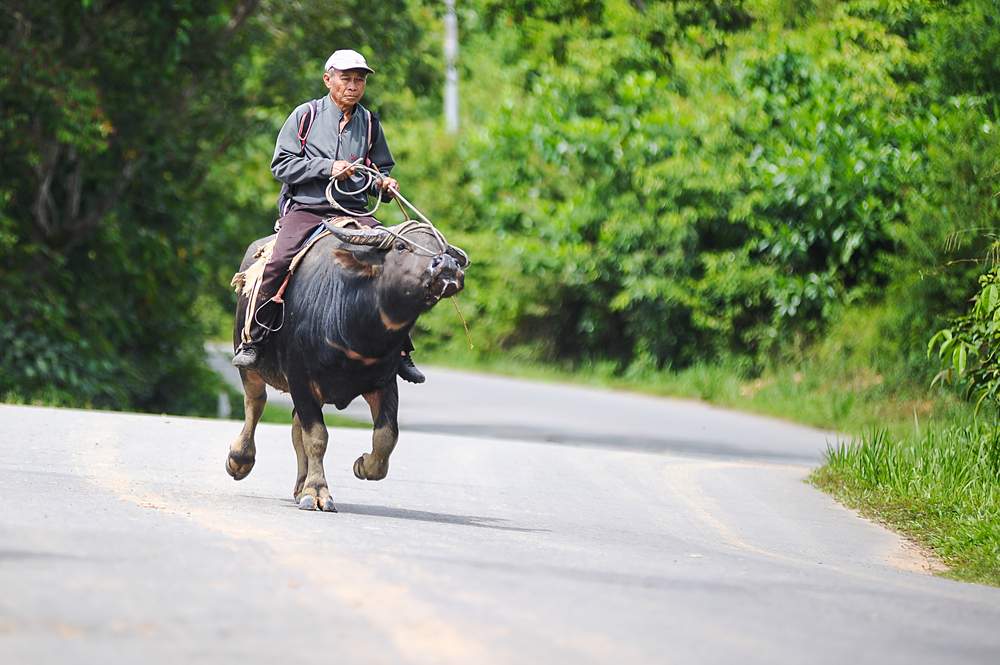
- Fly into Kuching, Malaysia
- Kuching to Bintulu: Start early, it’s an all day drive
- Bintulu to Miri
- Miri to Bandar Seri Begawan, Brunei
- BSB to Kota Kinabalu, Malaysia
- KK to Sandakan
- Sandakan to KK
- Fly out of KK
Plan at least three weeks for this trip, we spent a month at it.
Things to see along the way
In Kuching
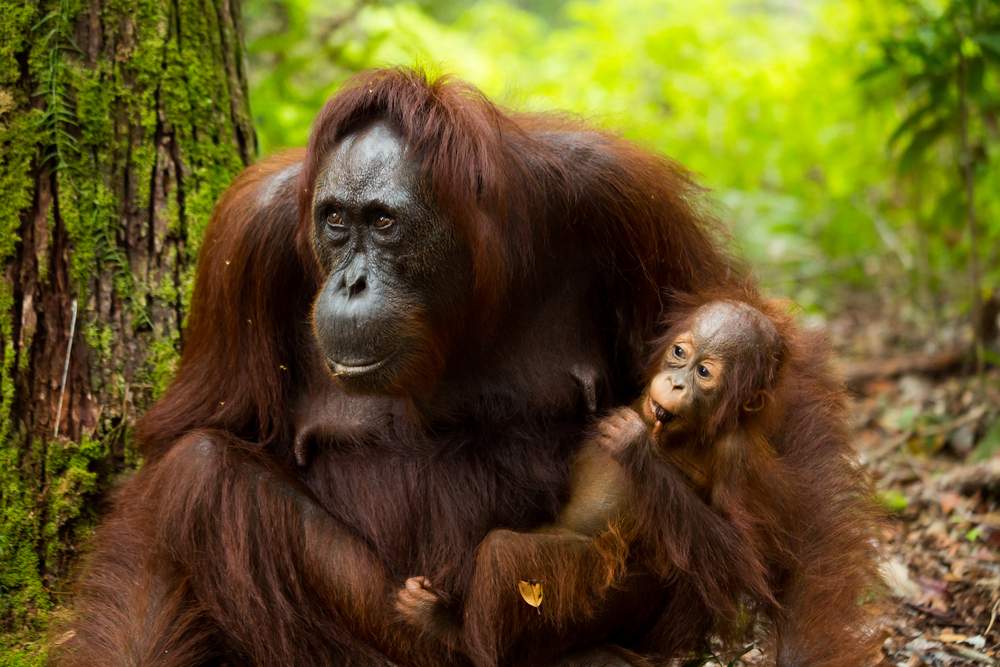
Definitely stay with our friend Cyril at The Secret Sanctuary. This is his home, transformed into a quiet little community and a haven of rest. He’s a fantastic cook. He’ll hook you up with the most interesting people and excursions, and his place is a destination in and of itself. He runs a spa there. You can sit for hours in a hammock, or soak your feet in his fish-spa pond. There’s a fantastic little pool with a waterfall, and the whole place is tucked away in an off the beaten path corner of the city. Be sure you tell him we sent you!
If you’re driving yourself, a GPS would be helpful as the signage to this place is abysmal. However, buses run periodically from downtown Kuching and this little cultural park makes a great place to kick off your travels in Borneo. You’ll get to see the traditional long houses of each of the major cultures on Borneo, try the treats they’re cooking inside them, and try your lips at blow darts! The dance and music show that is performed twice a day was one of the highlights of our trip.
Semenggoh Wildlife Rehabilitation Sanctuary
This will be your first and best opportunity to see Orang Utans in Sarawak. If you’re there during the dry season, your odds are even better. During fruiting season, fewer Orang come down to feed. This is disappointing to the visitors, but actually a good thing, as the whole point of the center is to rehabilitate these endangered creatures into the wild. We got very lucky the day we were there, during fruiting season, to see two mother-baby pairs in the wild.
Some fun facts about Orang Utans:
Anah Rais Long House
If you stay at The Secret Sanctuary, ask Cyril to hook you up with his friend Arthur who makes fantastic bamboo instruments and curates his people’s ability to continue to play them. If you can manage a visit when Arthur has time to show you the village he was born in and listen to him tell stories about how life has changed in that valley since his father and grandfather’s time, it will be one of the most worthwhile things you could do with an afternoon.
It’s not a contrived place, or an “experience” created for outsiders; rather it is their life, which they generously make a point of sharing. Arthur talked about the difficulty for indigenous populations everywhere of finding the balance between preservation and forward motion, between looking back and looking forward, between an inward focus and an outward expansion. These are struggles that continue to play out in the day-to-day, between bamboo construction and rice cultivation by the light of the TV and with Gangam Style as the soundtrack, beneath the rhythmic beat of their zithers.
Bintulu
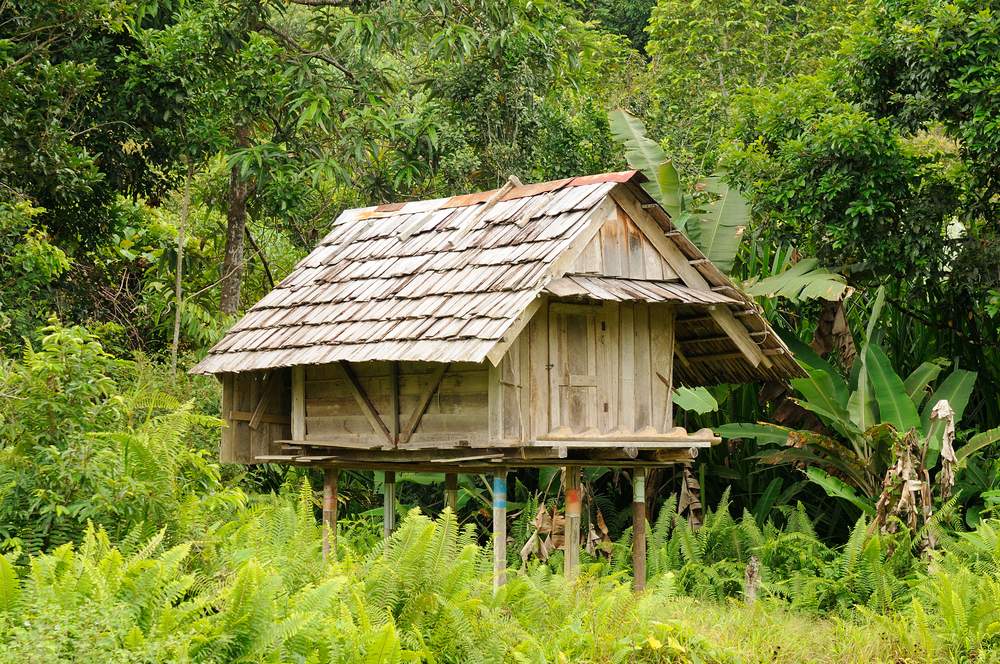
The speed limit on the #1 highway across the north end of Borneo is listed at 90 km/hr. If one were to approach 90 km on that road at any point, he would be launched off in some wild direction by a pothole or go careening into a long house, roadside, or would become a hood ornament for an oncoming “Borneo Bus.” We topped out at 60 km, and that was at an aggressive moment while overtaking.
Bintulu is an overnight stop and not a whole lot more. You’ll be driving through tons of palm oil plantations and through some spectacular scenery. Take the time to stop and eat at some of the roadside stands and to enjoy a bit of Borneo that most tourists never get to see!
Miri
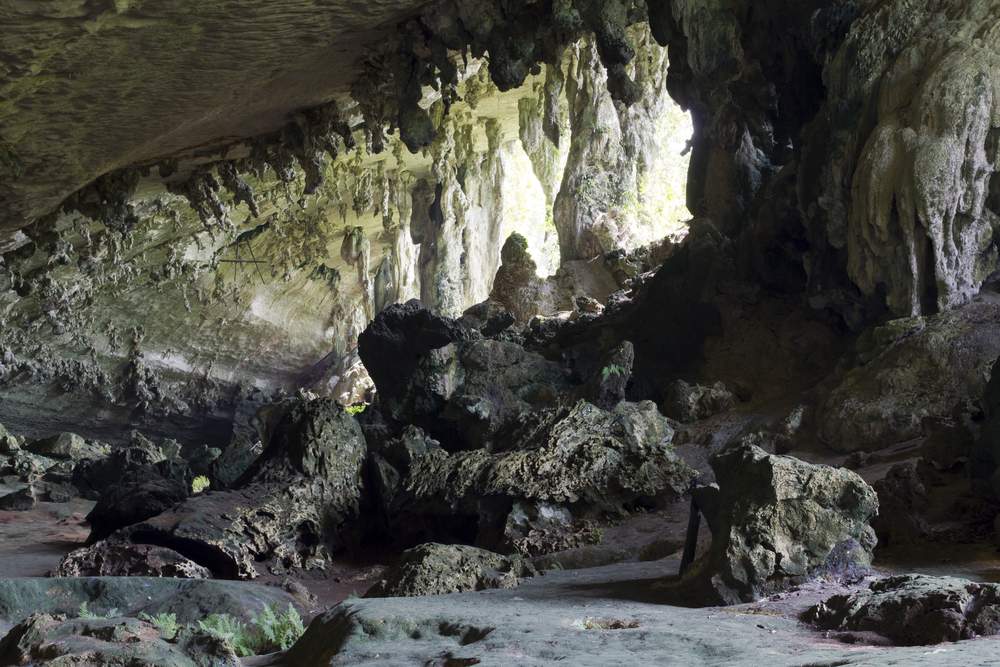
Explore the city parks, there are some really fantastic ones.
The Shell Petroleum Museum
On the top of the hill, there are signs for it in English, will peel back the layers of the oil history of the area. Of course when we were there it was closed, which was a major disappointment, but we still got to see the very first oil well in Malaysia, drilled by Shell Oil.
Niah Caves
This national park is a bit over an hour from Miri. Once you arrive you’ll be hiking about 3.5 kilometers in to the caves, so take solid walking shoes. These caves are home to some of the oldest most important archeological finds on Borneo, as well as home to the birds that make the edible nests you see all over Asia. Take mosquito repellent and be very careful in the cave as the floor is covered with guano and quite slippery… a fall and a slide down a poo covered hill may result in having to shower in a waterfall in the jungle and throw away your white skirt from the nastiness of it all. I’ve done a lot of things in my life that I never thought I’d do, but stripping my clothes off and showering in a jungle waterfall in a monsoon rain was an unexpected twist to my day.
Lambir Hills National Park
Only about 30 minutes outside Miri this park is definitely worth a day. Swim in the waterfalls, pack a picnic and get ready for some serious hiking. You’ll see creatures you haven’t seen before, superhighways of jungle ants and maybe you’ll even find some nutmeg pods laying on the forest floor. There are leeches, so be sure to check your feet and legs before you get back in the car. You definitely don’t want to find a fat, blood-filled vampire hanging off of your ankle in the grocery store and embarass yourself by hopping around like a grasshopper shouting, “Get it off! Get it off! GET IT OFF!!!” You know, hypothetically speaking.
Bandar Seri Begawan, Brunei

The Sultan of Brunei is one of the richest men in the world. He is also one of the last remaining absolute monarchs. He is beloved by his people and seems to work hard to create an environment that blends the best of the country’s history with participation in the modern world and economy, preserving their cultural and religious traditions with tolerance for outsiders and their differences. The city boasts a Chinese temple and a Catholic school in addition to the numerous houses of Islamic worship.
From the moment we stepped off of the bus on the river side of the capital city, people bent over backwards to help us, with no strings attached. One man ran two blocks to get us “the official map.” Another welcomed us to Brunei over lunch with a huge smile on his face.
The Mosques
There are two major mosques in BSB. You can’t miss them. Visit them both, as they are very different and beautifully unique. They are closed to visitors on Fridays for weekly prayers and on holy days, so pay attention to the calendar. Women will be required to put on a black robe before entering.
The Jame Asr Hassanal Bolkiah Mosque is an imposing structure, built for the Sultan’s silver jubilee. The entire exterior is decorated in tiny blue and white mosaic tiles that culminate in beautiful shining gold domes covered with more tiny gold tiles. We removed our shoes and Hannah and I donned the requisite thick black robes provided for non-muslim women, in spite of the fact that we were covered from neck to heels and shoulder to finger tip, already. The marble floors felt deliciously cool on the bare soles of our feet as we explored the ablution rooms and peeked into the two cavernous prayer halls. Thousands of tiny prayer rugs were lined up in a perfect grid waiting for kneeling supplicants to face Mecca and perform the ancient rituals of prayer to Allah.
The stained glass domes within the building are simply stunning. The outside world melts away in the insulated silence of stone walls and the quiet rush of water dripping over marble fountains and into clear blue pools. Islam is many things, in many different places. It is easy to see how Brunei’s motto, The Abode of Peace, has been interpreted through religion.
The Sultan Omar Ali Saifuddin Mosque looks like a giant sandcastle. A gold gilt one at that. The onion domes are the centerpiece of downtown and its position on the water means that from land or rive, it’s a focal point. It’s said that this is thought to be one of the most beautiful mosques in Southeast Asia. The stained glass windows that flank the enormous round prayer chamber reminded me of the Byzantine churches in Ukraine.
Night Market
This is the best place to eat! Make sure you take in at least one evening at this market and have dinner standing up. It’s a great place to stock up on fruits for snacking and to take some beautiful pictures. Remember that city buses stop running at 5 p.m. and cabs become difficult to find except through hotels after dark, so plan accordingly.
The Water Village
Kampong Ayer is the largest water village in the world. It was dubbed “Venice of the East” by a fellow who visited here with Magellan in 1521. It’s five miles of stilt houses are home to more than 30,000 people. If you haven’t taken a boat ride through the largest water village in the world, you haven’t been to BSB. Go to any pier and flag down a passing boatman. You should expect to pay about $30 Brunei dollars for an hour’s ride, they’ll start much higher, bargain like you mean it. If you’re lucky you might also get a glimpse of the monkeys up river. We weren’t that lucky!
The Royal Regalia Museum
This is a great free attraction in BSB and is a beautiful piece of propaganda in favour of the Sultan. You’ll see many of the gifts he’s received from foreign dignitaries, his entourage and a window into his life and interests. No more than 2 hours is necessary for a thorough viewing. It is air conditioned, which might be its best feature.
Kota Kinabalu
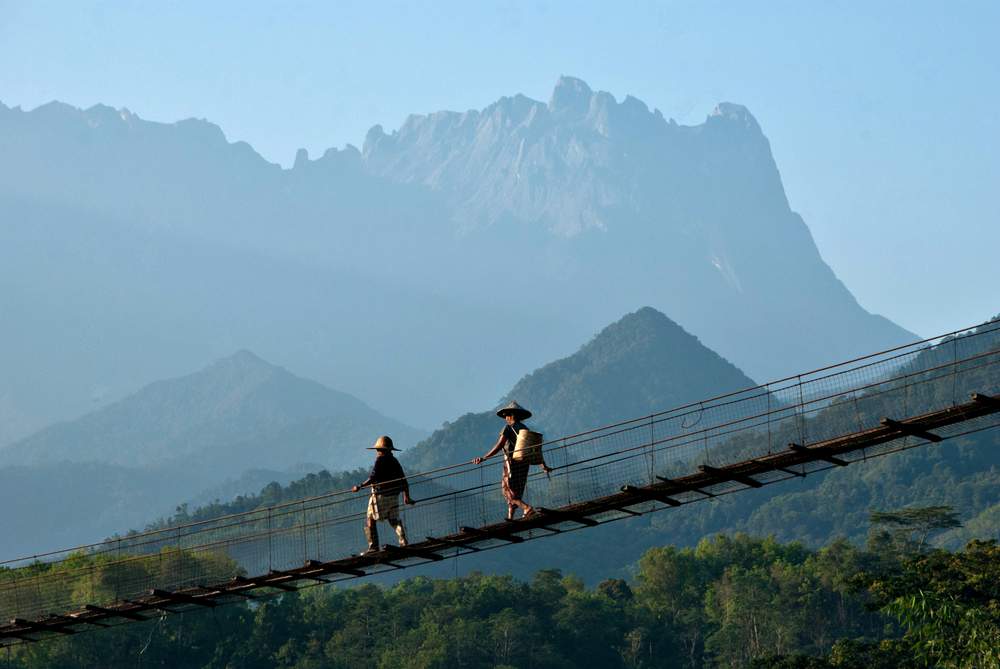
This is the place to climb one of the biggest mountains in Southeast Asia if you’re up for it! We didn’t do it, but it seemed like a grand adventure if you have three or four days and a good pair of boots! There are travel agencies sprinkled all over the city who will be very happy to hook you up.
Go SCUBA diving or snorkeling
The waters around KK are home to some of the best diving in the world. The coral reefs are live and filled with a healthy and diverse population of creatures. Even a short boat ride from shore and a tuck in behind one of the tourist laden islands closest to shore will yield satisfying results. Of course if the seal on your expensive underwater camera leaks and the salt water creeps in you won’t have any pictures to show for it… you know, hypothetically speaking!
Sandakan
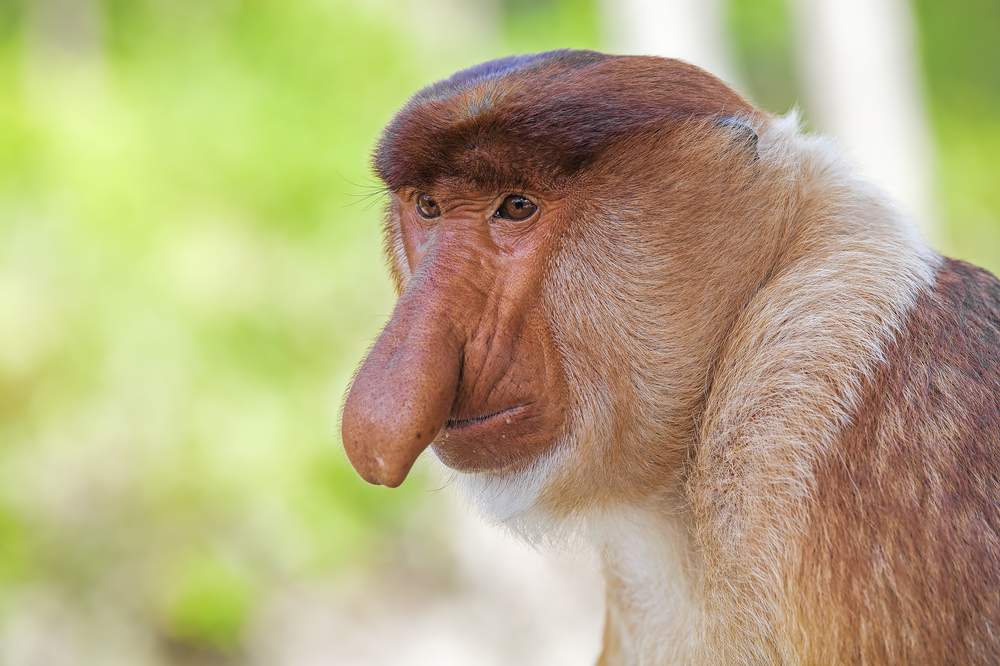
Located right out at the end of Borneo where the Sulu and Celebes Seas meet, it’s a sleepy little town, but there is quite a lot to do here, for folks who are interested in wildlife and the island’s history. And it’s been a place that I was drawn to through words on a page.
Sepilok Orang Utan Rehabilitation Center
This is, perhaps, the most famous of the “attractions” around Sandakan. People fly in just to see it. The day we visited here were 9 Orang at the feeding platform, and we were told that it was a disappointing day. Evidently there are far more when it’s not fruiting season. The little museum attached to the center is highly informative and not to be missed.
Rainforest Discovery Center
If you go out to see the Orang Utans at Sepilok, the RDC is quite near it. Everything about this place is great. Especially if you have kids who are interested in learning about the plant diversity and biology of a rainforest. The Plant Discovery Garden is a highlight. Don’t miss the pitcher plants, they’re carnivorous! The canopy walk brings you up close and personal with the top tier of the forest, and if you’re lucky, like we were, a couple of hornbills and a flying squirrel!
Labuk Bay Proboscis Monkey Sanctuary
This is a bit pricey, especially for a family of six, but is completely worth the time and money. Don’t try to squeeze it in on the same day as Sepilok and the RDC, it needs it’s own day. You’ll see close to 100 Proboscis monkeys quite up close and personal, between the two feeding platforms. And, if you’re very lucky, you might just get a troupe of Silver Leaf monkeys that come down out of the forest for a snack of snake beans. Don’t miss this place; it’s a gem.
Agnes Keith House
Agnes Keith has long been one of my heroines and my introduction to Borneo. Her books, Land Below The Wind and Three Came Home, about her experiences here as a young wife, and then interred in a Japanese prison camp during the war are well worth a read.
The Newlands, the Keith’s house on the hill above Sandakan was the first building the British rebuilt after the war. The original was destroyed completely by the Japanese, and in her beautiful garden she found a human skull grown into her orchids with a sword rusting in the earth next to it. It is a house that is full of ghosts, literal and figurative.
Her house still stands and is a museum. Please visit in my honor. Take the Heritage Trail from downtown Sandakan up the foot path through the trees and off of the road for a walk that feels like you’re traveling back through time to her house.
Of course there is more to see.
Photo credits: Lano Lan , Kate Capture , Rafal Cichawa , claffra , Yusei , Sylvia sooyoN Kjersti Joergensen